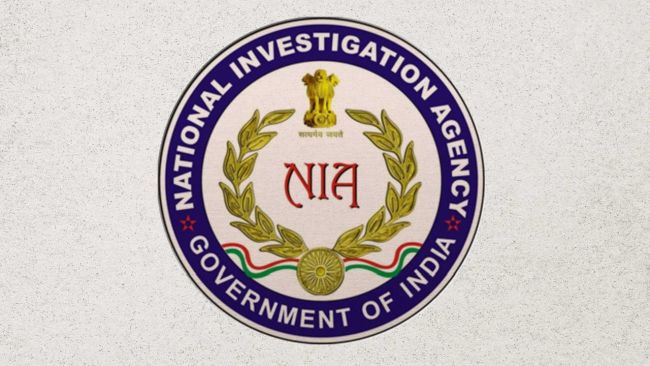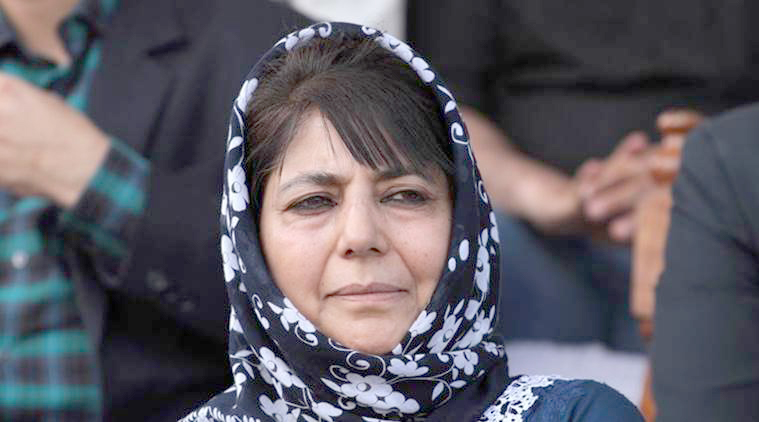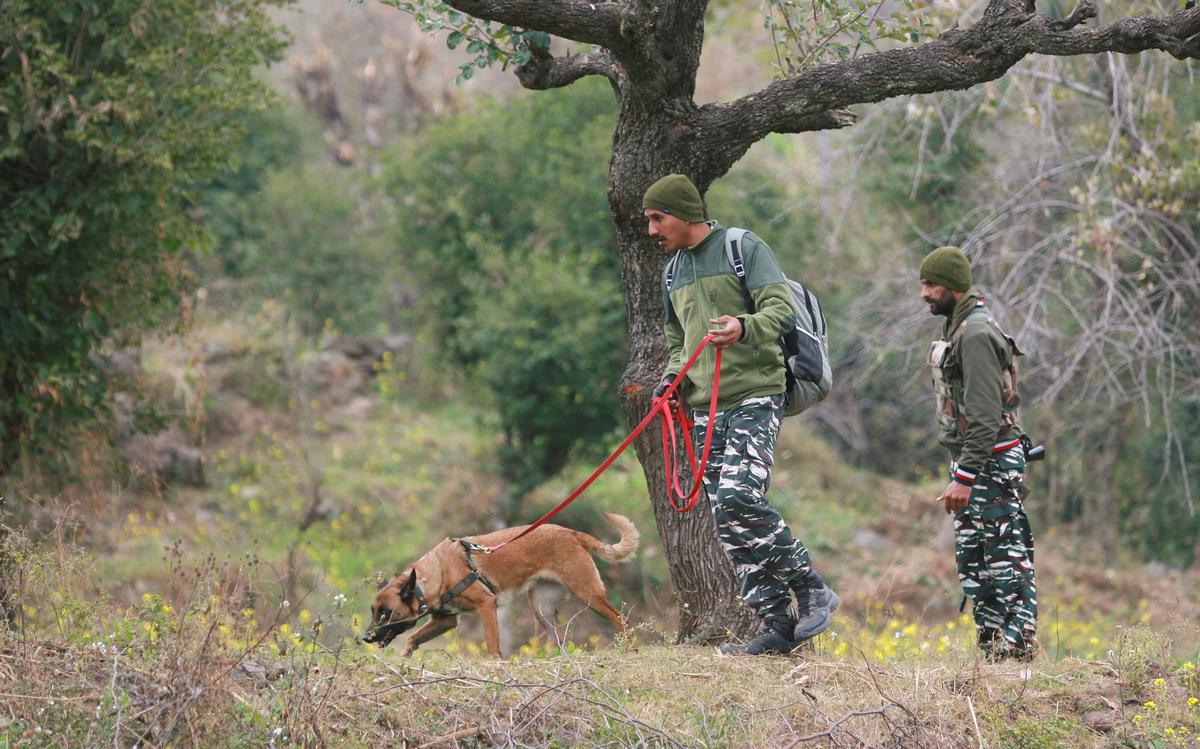Srinagar: Lack of adequate snow this winter has, as immediate fallout, prevented the recharging of water reservoirs with majority of the streams and rivers in Kashmir flowing at below ‘zero level’.
For instance, Jhelum, Valley’s major river, continues to witness the receding water level.
At Sangam, the Jhelum’s water level has touched minus 1.01 ft, which is below the Reduced Level (RL) of zero of the gauge there, while at Ram Munshi Bagh, it stood at 3.52 feet and at Asham, the level has fallen to 0.75 feet.
As per the Irrigation & Flood Control Department’s ‘Kashmir Flood Watch’, some of the streams including Lidder, Rambiyara, Ferozpora (Drung) and Pohru (Seelu) are also flowing below the RL of zero of gauge.
Officials from the I&FC Department stated that the water level is low due to the snowless winter. “The persistent deficit rainfall has also affected the recharging of the water reservoirs across the Valley,” they informed.
Notably, Jammu and Kashmir has recorded a total deficit rainfall of about 29 percent so far with the highest deficiency recorded in the month of January 2024 at 91 percent.
Also, in the first two months till February 12, all districts across the Union Territory recorded a large deficit in rainfall.
The Union Territory has recorded a deficit rainfall of 79 percent. As against the normal precipitation of 140 mm, the rainfall of just 29.8 was recorded from January 01 to February 12, 2025.
In the face of this situation, a top official of Jal Shakti Department said that “we are in a situation wherein I cannot say if we have sufficient or insufficient drinking water availability for the consumers of Kashmir region.”
“As of now, we are in a good position to manage the supply of drinking water to almost all areas of Kashmir region,” he claimed.
Asked about the backup plan or alternative in case of any water scarcity during the summer ahead, the official, without elaborating on it, said that the government has ensured every backup for the PHE, and its consumers.
Meanwhile, owing to the less precipitation and receding discharge in rivers and streams here, the hydel power generation from the power plants across Jammu and Kashmir has further reduced by five percent, official said, while adding that overall, the hydro power generation from the local plants in Jammu and Kashmir has reduced by 84.17 percent.
In the month of January, the Power Development Department (PDD) was generating nearly 250 Megawatts of power from the local hydel projects that amounts to 20 percent of the total generation capacity. However, in the ongoing month, the power generation has further reduced by five percent.
A top official of the department informed that “in the month of January, PDD on an average was generating nearly 250 MWs of power from the power plants across Jammu and Kashmir. But the power generation has further decreased and the department is able to generate only 190 MWs of power in the ongoing month,” the official said.
The official further admitted that the department was not able to generate power as in previous years during the peak time.
“Over a period of time, we have not been able to generate the amount of power that we used to generate in previous years because of less water availability. Water availability period is also shortening,” the official said.
It also said that the generation capacity cannot be measured in one day only. “The power generation varies. We reserve the water in the daytime to generate power during the peak hours. In the peak time, we are generating 50 MWs of power from the lower Jhelum and 5 MWs during the regular time. Besides, we are able to generate only 8 MW of power from the Kangan and 6 MWs from Sumbal power projects respectively,” the official said.
In Jammu and Kashmir we have a total of 1200 Megawatts (MWs) hydel power production capacity of which 900 MW comes from the Baglihar hydroelectric project. (With inputs from KNO)







